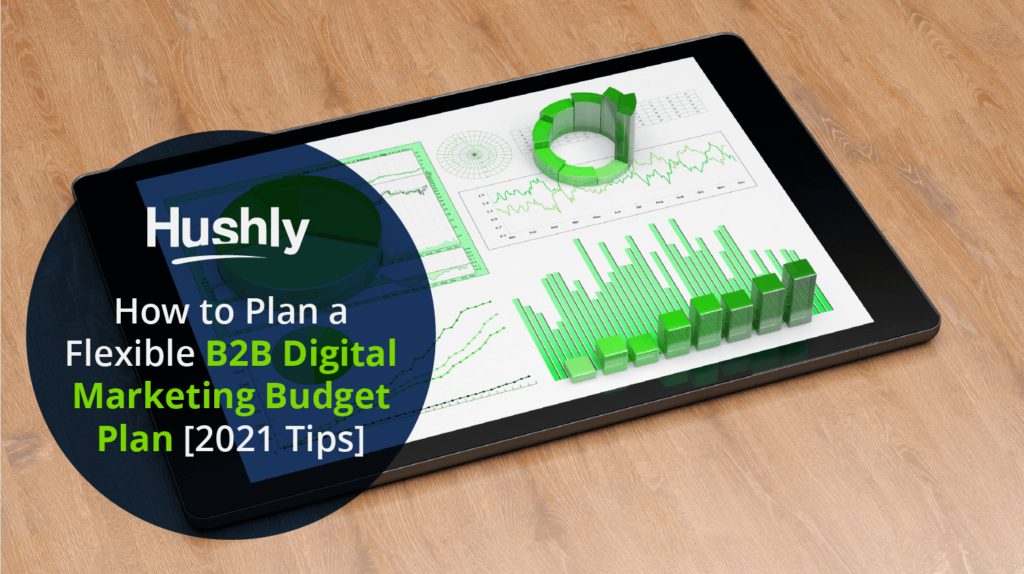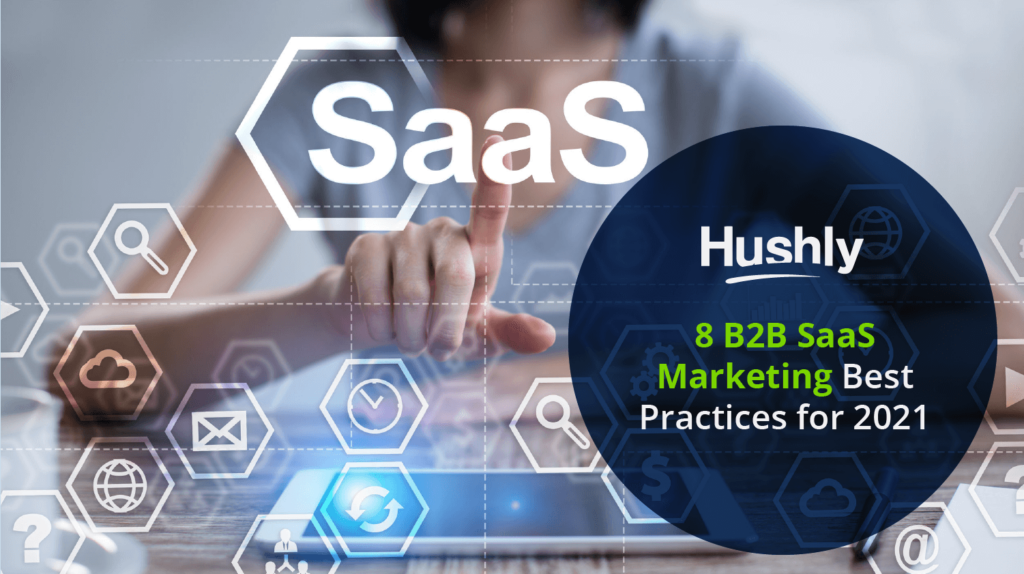Filters
Content Type
Topic
7 Areas Ripe for B2B Marketing Automation Integration
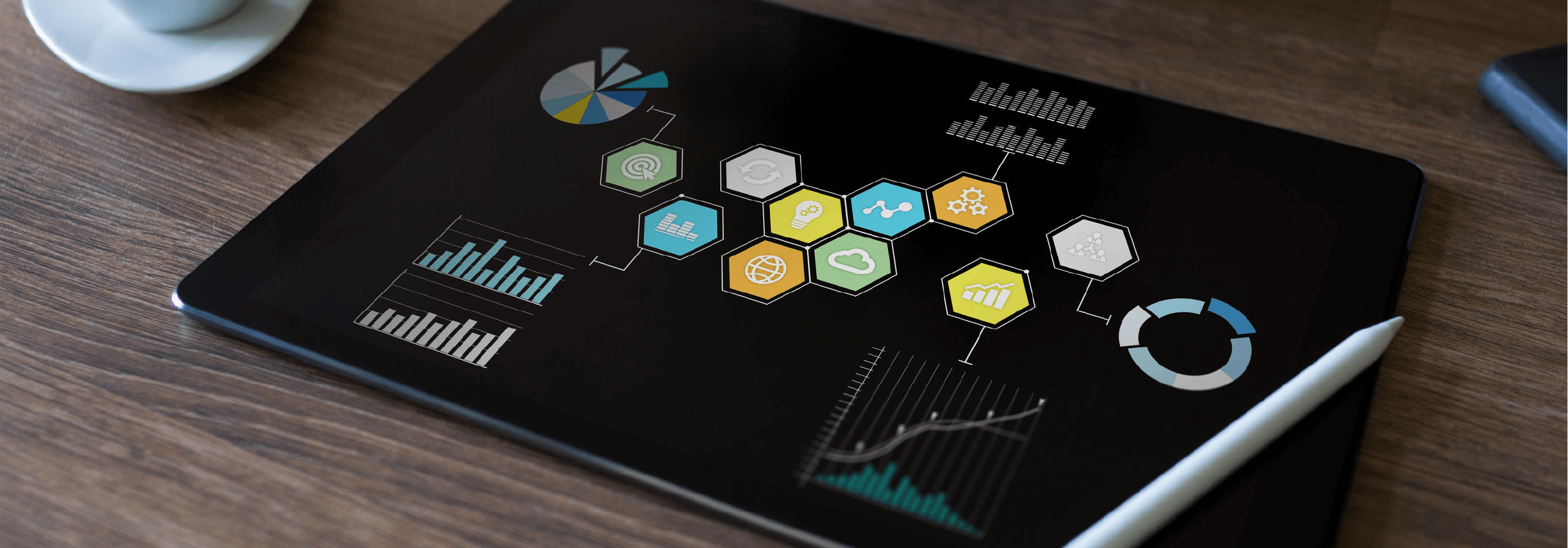
Artificial intelligence is a normal part of our daily lives these days.
We get personalized shopping recommendations via Amazon and automated shipping for our consumables.
We ask our Alexa or Google Home for personalized and automated weather and news headlines.
Despite its pervasiveness in our daily lives, many businesses still haven’t integrated automation into their daily processes and marketing.
As of 2020, 84% of B2B marketers say they’re using AI in some way. Meanwhile, less than half of marketing managers say they have a defined AI strategy.
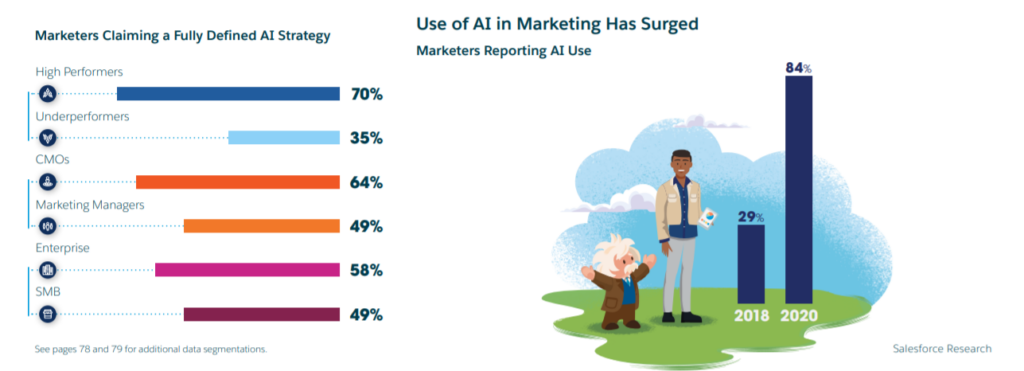
Fortunately, marketing automation integration doesn’t need to be a massive challenge. Start with these simple areas.
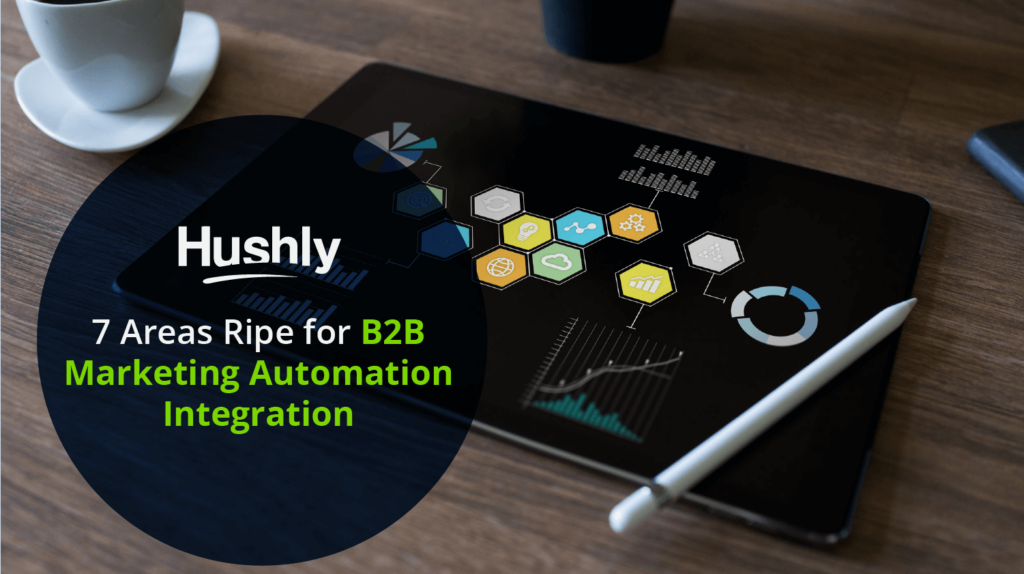
7 Easy Areas for B2B Marketing Automation Integration with the Right Tools
Marketing automation gets easier when you start with some goals. Which processes are slowing your growth or sales down?
Lead scoring, marketing and sales cooperation, nurturing, ABM, the buyer’s journey – these are all common areas for B2Bs to identify specific inefficiencies and automate certain processes.
1. Efficient and Effective Lead Scoring
Lead scoring is one of the biggest challenges leading to rifts and miscommunications between marketing and sales. It’s a tedious process with plenty of room for something to go wrong.
Artificial intelligence can identify subtle patterns and make connections better and faster than any human. That’s why lead scoring is one of the best places to integrate marketing automation.
Plus, machine learning means that lead scoring tools improve over time. You don’t have to put the AI in total control at first. Let your marketing or sales team audit the results and provide feedback. Over time, the AI will learn what works and what doesn’t.
2. Personalized Email Marketing Automation Integration
Email is one of the easiest places to learn about automation and personalization. Most email marketing tools are filled with cutting-edge AI, segmentation, and personalization tools.
Start by segmenting your email subscriber list into groups based on vertical, industry, firmographic, or account.
Once you have some segments, create personalized campaigns or triggered journeys for each one. Line up your most relevant content for each group. Meanwhile, machine learning will note which links each subscriber clicks and place them in the most relevant campaign journey based on the feedback.
Use the information you learn via email metrics to create content, organize your website content, and tweak your other marketing campaigns.
3. Website Content Personalization Marketing Automation Integration
Adding personalized content recommendations like Netflix or Spotify to your B2B website isn’t as complicated as you might think. Tools like Hushly are user-friendly with a plug-and-play interface.
All you need is relevant content for each vertical, account, industry, and stage of the sales funnel. Remember, most buyers consume at least 13 pieces of content during the buying journey – such as case studies, product descriptions, and tutorials.
Start with relevant content and organize it by pain point and vertical. Once a visitor starts reading, the AI system notes what content they like, compares them to previous visitors, and integrates intent data. Using that info, the AI algorithms offer personalized recommendations that gently nudge the visitor down the sales funnel.
4. Aligning Marketing and Sales with CRM Automation
The biggest benefit of CRMs comes from their ability to unite sales, marketing, and even customer service. However, contact relationship management systems are only as effective as the data you feed them and the tools you integrate.
That’s why CRM automation is such an important part of any successful marketing automation integration.
AI can instantly sync your data from multiple sources so every department can unlock comprehensive insights on leads, customers, and prospects. Again, give the AI time to learn and do its job properly. Make sure sales and marketing are auditing the results and providing feedback.
5. Understanding the Buyer’s Journey for Your Brand
Most B2Bs take the entirely wrong approach to understanding the buyer’s journey. They try to identify the journey each buyer takes, much of which is totally out of their control.
Instead, try to understand patterns in the specific journey associated with your brand. Which touchpoints do buyers interact with as they find your brand’s content? Which touchpoints are you missing?
Where do buyers abandon your brand’s content for a competitor?
AI automation and marketing integrations can help you identify these weak links and strengthen elements of the buyer’s journey within your control.
6. Personalizing Campaign Pages for ABM with Marketing Automation Integration
Did you know you can provide a unique campaign page for each of your key accounts with relevant configurations, case studies, offers, and a dedicated sales rep?
That’s right. AI can detect which account a visitor belongs to and dynamically adjust the landing page with brand-specific information.
You can use this AI tool to create thousands of one-on-one campaign pages for key accounts or as clusters for various verticals and industries. Try starting with clusters based on vertical, then breaking each down into one-on-one pages for important accounts or existing customers.
Either way, this use of AI is vital for running an efficient and successful ABM strategy.
7. Marketing Automation Integration for Self-Nurturing Landing Pages
As part of your content personalization, you can use AI to implement self-nurturing landing pages.
Most leads would rather research on their own than contact your sales team. They want empowering content and experiences.
Self-nurturing landing pages make content discovery easy for them and nurturing seamless for you. Personalized recommendations based on behavior, intent data, and similar prior visitors gently guide them down the sales funnel – with endless bingeable content.
Serious leads can provide an email when they’re ready. That’s why these tools improve lead quality by 59%.
Integrate Marketing Automation into Your Content Experience
AI and machine learning make it easy to personalize your website and content experience with minimal effort. All you have to do is focus on creating the best content possible.
Hushly’s special algorithms along with intent data and behavioral data offer personalized recommendations, implement content bingeing features, and dynamically adjust ABM campaign pages based on account or cluster.
Learn how to automate your account-based marketing experience with personalized landing pages.
The post 7 Areas Ripe for B2B Marketing Automation Integration appeared first on Hushly.


